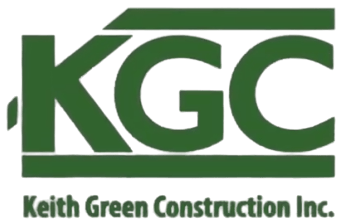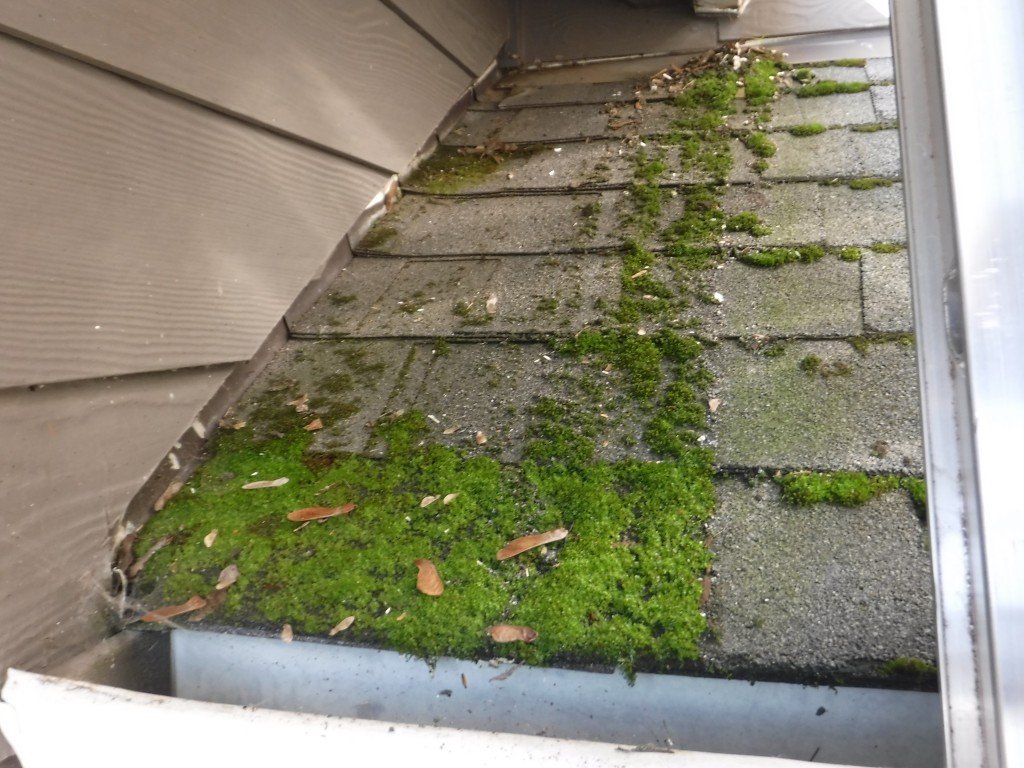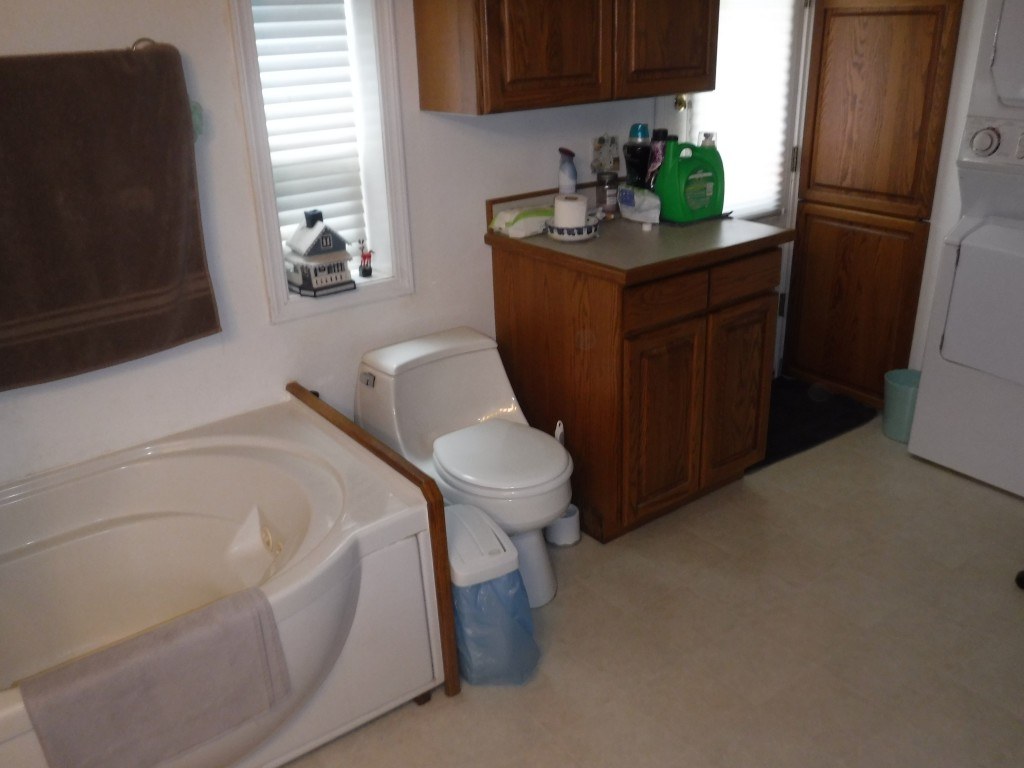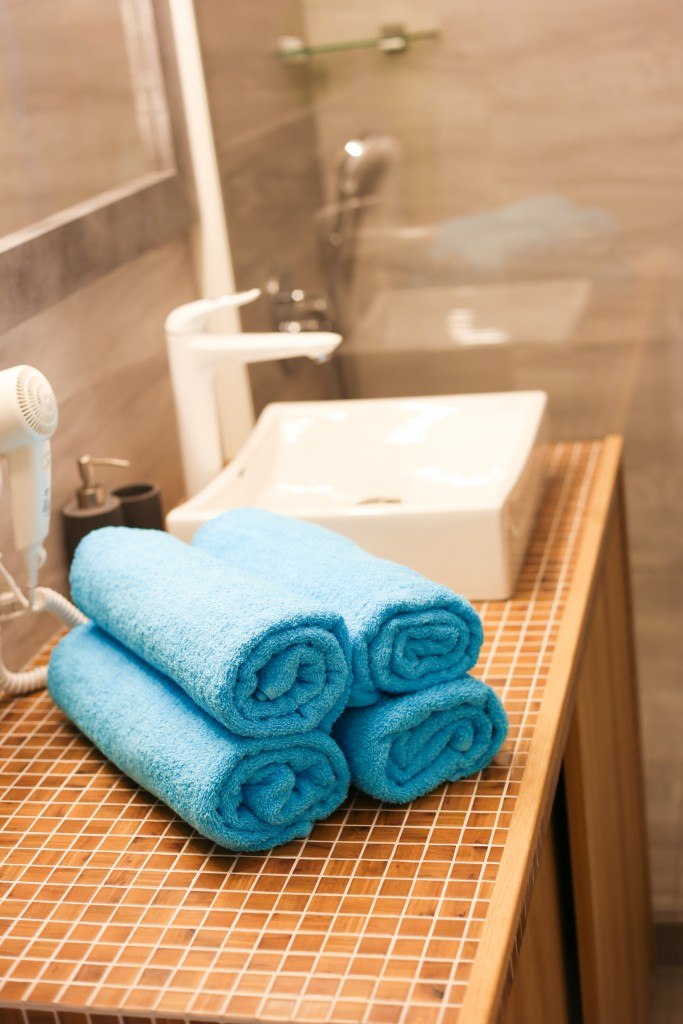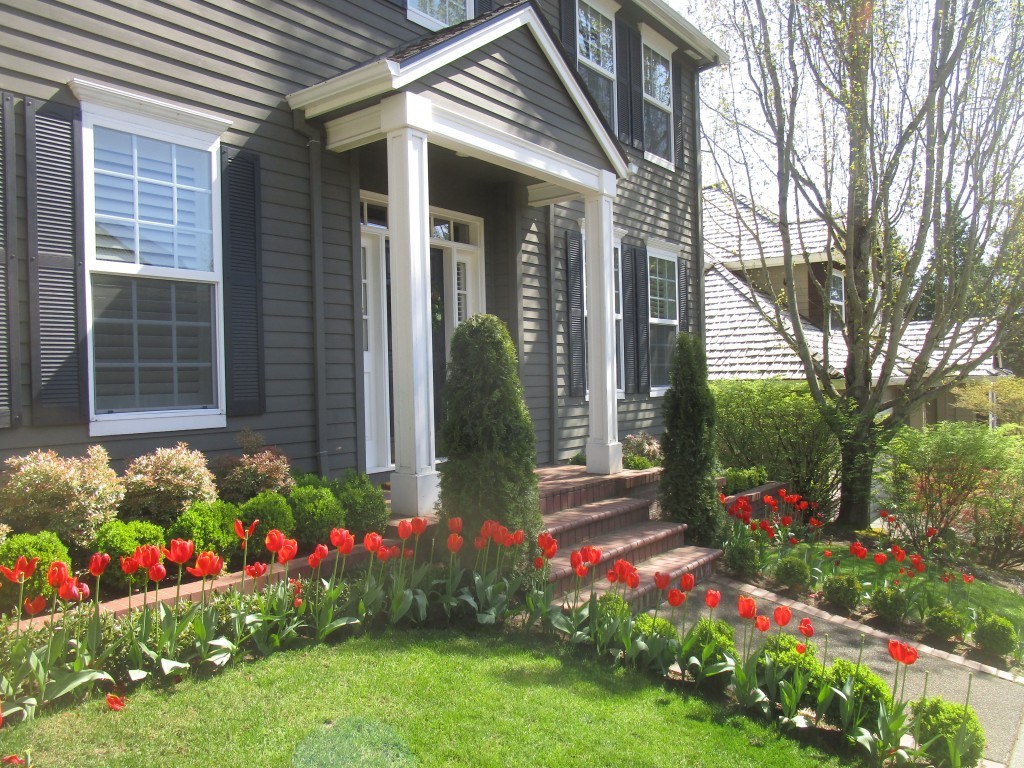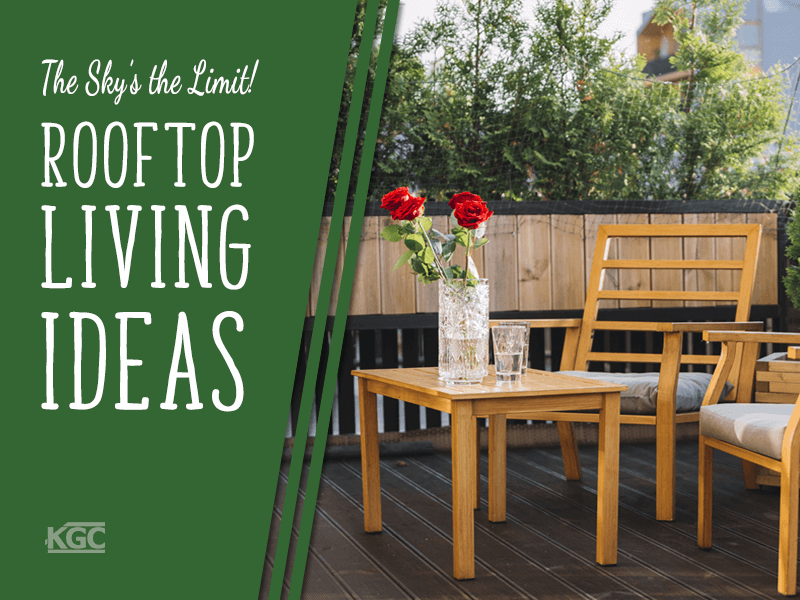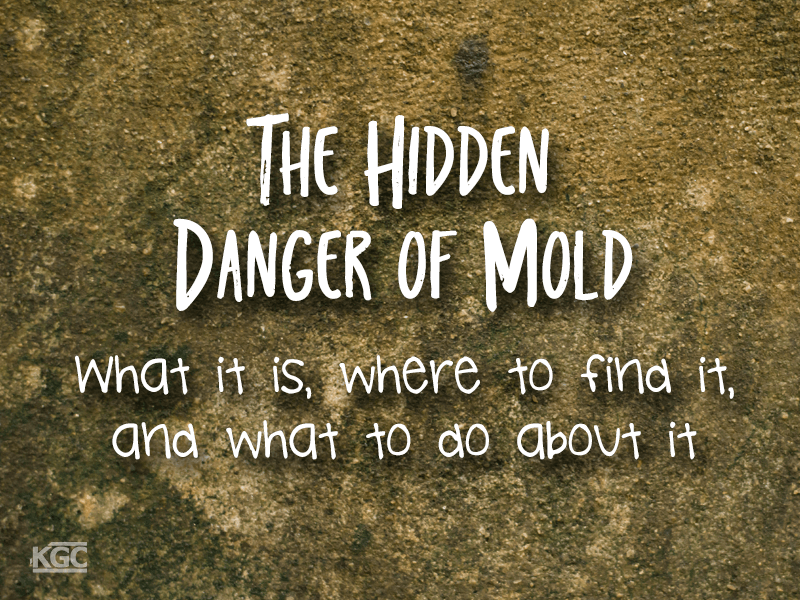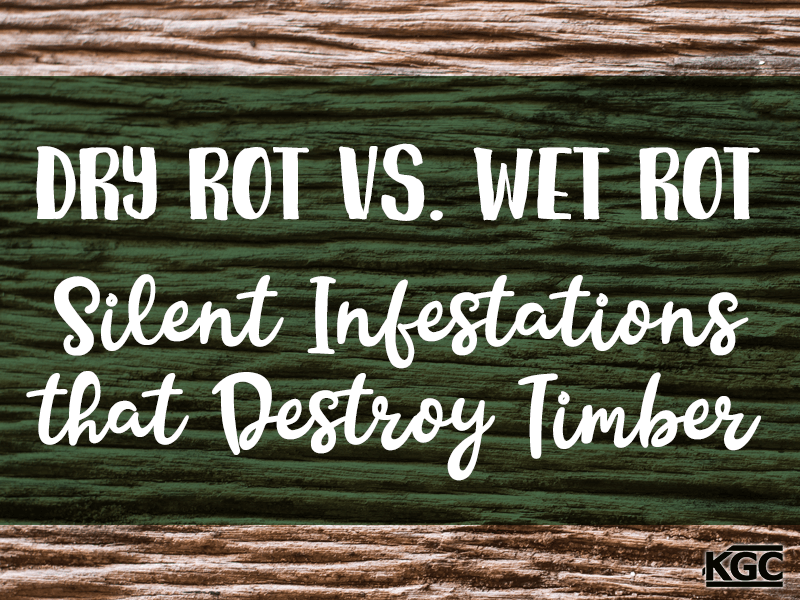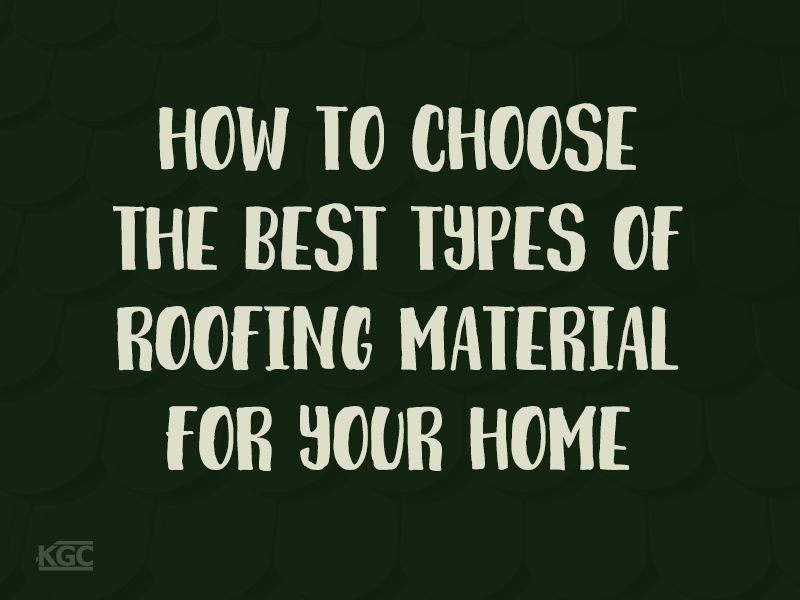Oregon Museum Of Science and Industry O.M.S.I. Is an awesome place to go and check out. It is right in the heart of Downtown Portland.
From the website ,”Founded in 1944, OMSI is one of the nation’s leading science museums with an international reputation in science education. Our mission is to inspire curiosity by creating engaging science learning experiences for students of all ages and backgrounds. We foster experimentation and the exchange of ideas, and we help our community make smart, informed choices. We are dedicated to helping people build the confidence and skills they need for whatever the future holds through hands-on, high-quality learning experiences in the museum, at our world-class resident camps, and as part of the largest statewide science education program in the country. OMSI is an independent, non-profit 501(c)(3) organization that receives no state or local tax support and relies on admissions, memberships and donations to continue our educational mission, programs and exhibit development.”
The Oregon Museum of Science and Industry (OMSI, /ˈɒmziː/ OM-zee) is a science and technology museum in Portland, Oregon, United States. It contains three auditoriums, including a large-screen theatre, planetarium, and exhibition halls with a variety of hands-on permanent exhibits focused on natural sciences, industry, and technology. Transient exhibits span a wider range of disciplines.
